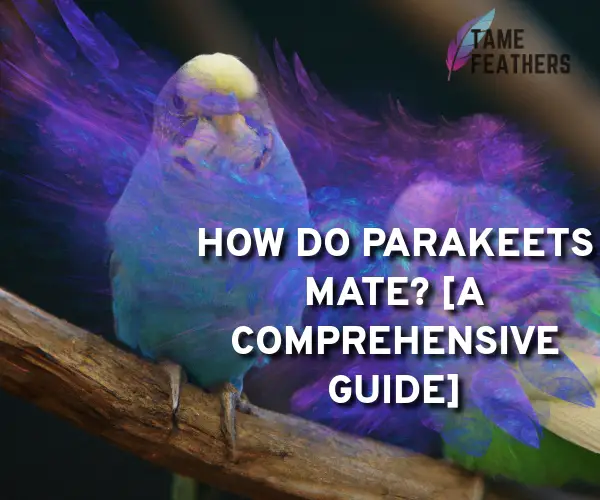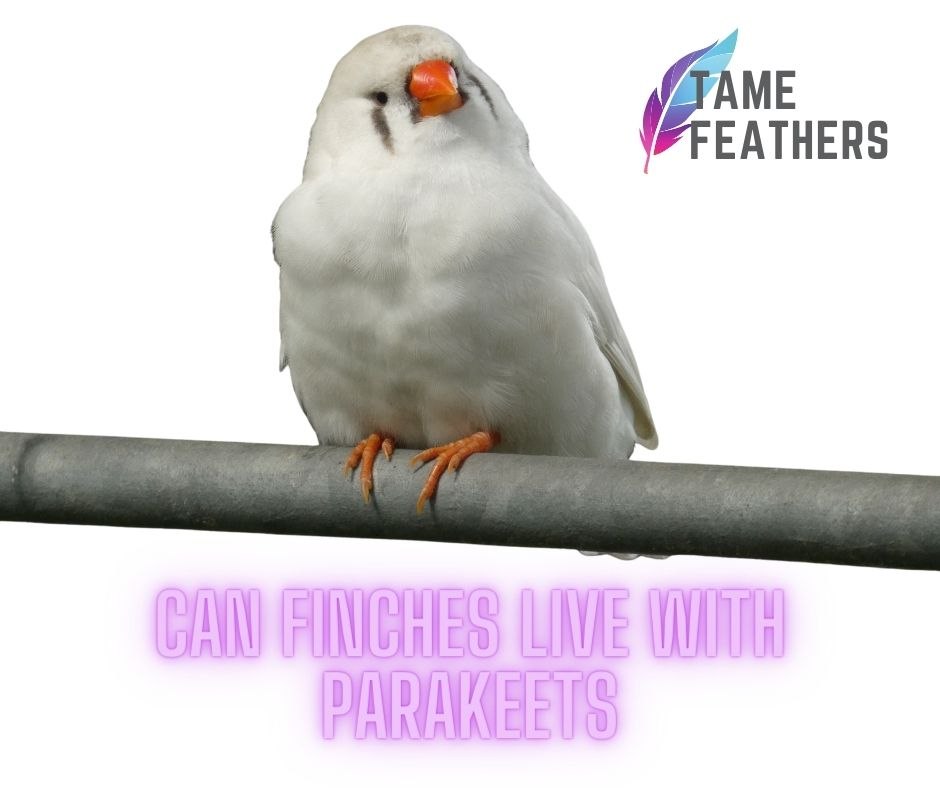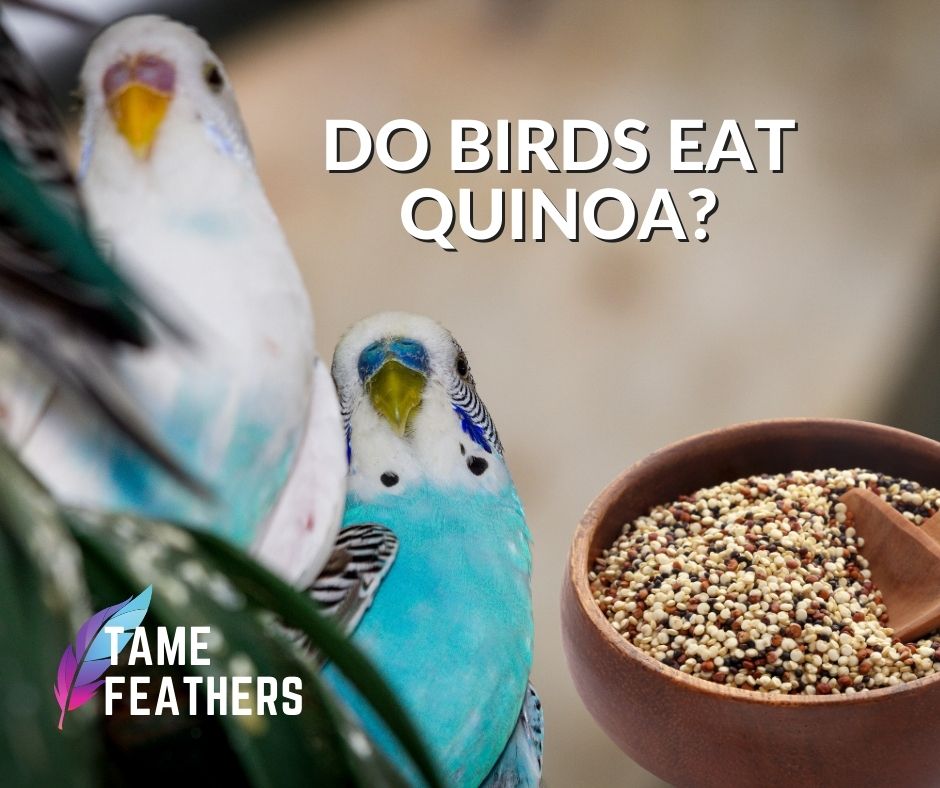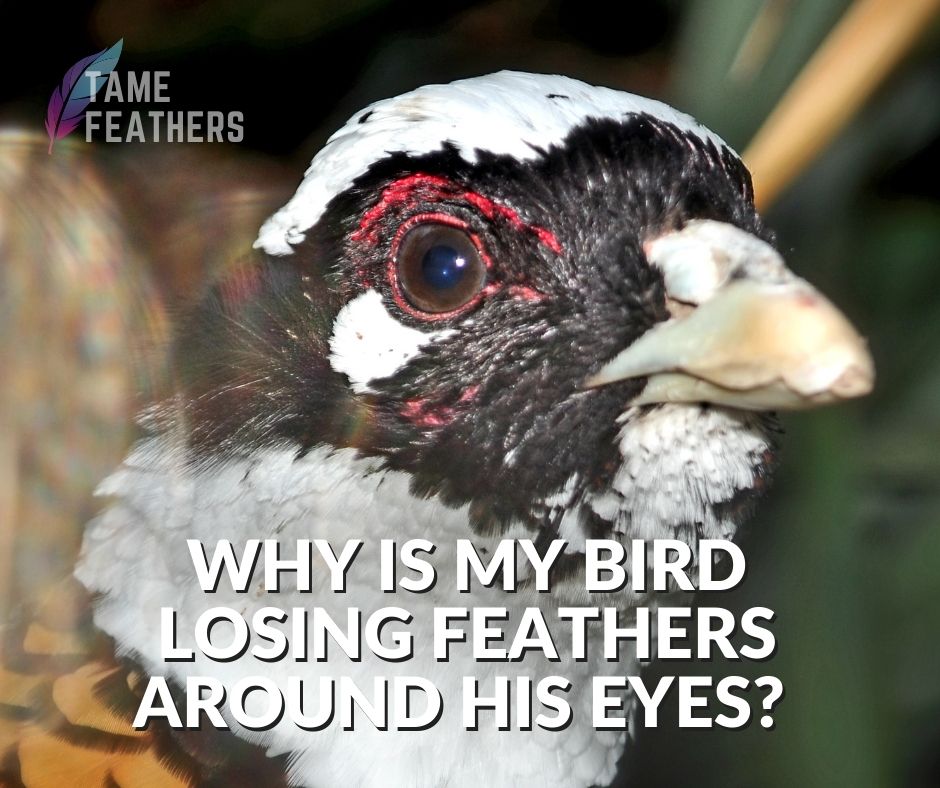Mating Habits
When it comes to mating, parakeets have developed a wide variety of strategies over the course of evolution. These birds are monogamous, meaning that they typically pair up with the same mate for the rest of their lives and raise their offspring together. In the springtime, they will begin their courtship by participating in public demonstrations of devotion and preening each other’s feathers.During courtship, the female parakeet is often more assertive than her male counterpart. She will get closer to him and flutter her wings, as if she wants him to follow her around. After they have mated, they frequently choose to raise their young together in tight quarters, such as the cavities of trees or logs.
Nesting Behavior
Building a nest is an important component of parakeets’ mating behavior, and both spouses contribute to the process by gathering materials and weaving them together to create a cozy abode for their young. Within the nest, the female will lay three to four eggs, which she will then incubate while the male will patrol the area nearby to protect their territory from potential threats.After they have hatched, the young are fed by both parents in turn until they are about five weeks old, at which point they are free to fly away. After this point, the adults will continue to look for food close to the nesting site until all of the chicks have left the area entirely, which normally happens within two months of the eggs being laid.
Courtship Rituals
Before mating takes place, male and female parakeets engage in a variety of courtship behaviors, which can vary from species to species but typically include vocalization, dancing, and some form of physical contact (such as touching the beak or stroking the feathers).As part of the ritualistic dance motions that they do, certain subspecies may also deliver presents like feathers and twigs to one another. This could be interpreted as a symbolic image of what is to come once the act of copulation has taken place. In addition, many pairings may engage in what are known as “bond flights,” which involve flying alongside one another through open areas before heading back to their homes.
Copulation
The process of copulation, also known as “mating,” takes place when both partners position themselves head-to-tail in such a way that their cloacal openings can touch. This makes it possible for any sperm transported from one bird to successfully enter the reproductive tract of another bird.This process usually only lasts a few seconds, but it is frequently repeated numerous times throughout the breeding season – particularly if there has not been any success with egg laying as of yet. When they are through mating, parakeets return to their normal behavior, which includes things like flying away from one another and then returning later to look for food and other similar activities.
Egg Laying
The process of laying eggs often takes place not long after copulation has taken place; the majority of females produce four eggs in each clutch, but some can produce up to six eggs depending on factors such as age, condition, and so on.Throughout this time, males have a tendency not to travel too far from their mate while she is remaining perched atop her nest; he defends against any potential threats while also offering food supplies close by should his partner require sustenance during the incubation phase.





